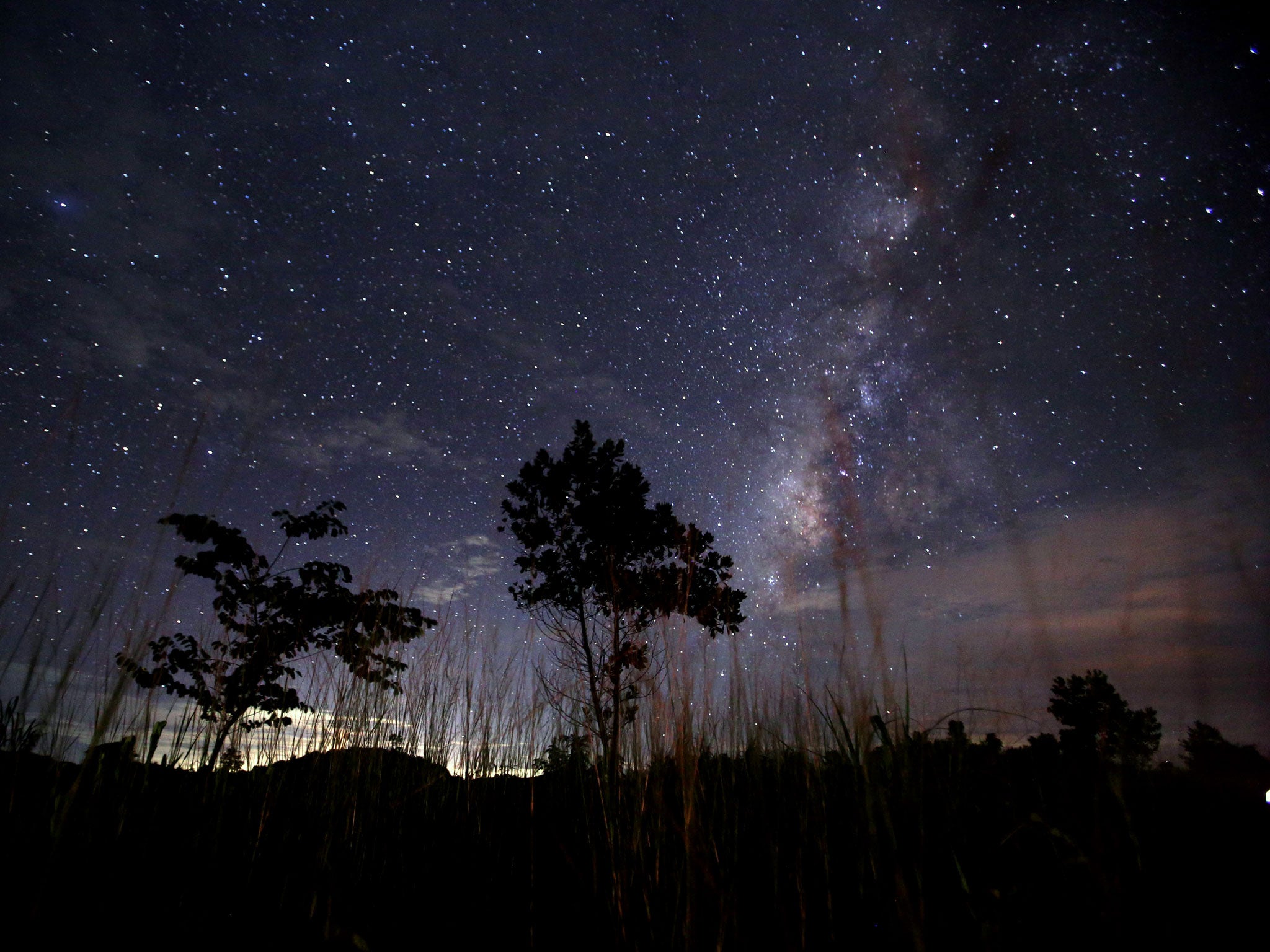Scientists find new route through the solar system that should allow for faster space travel than previously thought possible

Your support helps us to tell the story
From reproductive rights to climate change to Big Tech, The Independent is on the ground when the story is developing. Whether it's investigating the financials of Elon Musk's pro-Trump PAC or producing our latest documentary, 'The A Word', which shines a light on the American women fighting for reproductive rights, we know how important it is to parse out the facts from the messaging.
At such a critical moment in US history, we need reporters on the ground. Your donation allows us to keep sending journalists to speak to both sides of the story.
The Independent is trusted by Americans across the entire political spectrum. And unlike many other quality news outlets, we choose not to lock Americans out of our reporting and analysis with paywalls. We believe quality journalism should be available to everyone, paid for by those who can afford it.
Your support makes all the difference.Scientists have found a new 'superhighway network' through the solar system that would allow for much faster space travel.
The "celestial highway" allows asteroids to travel through space far more quickly than previously thought, and could allow for much quicker journeys for spacecraft, too.
The routes mean that small objects such as comets and asteroids can fly right across the solar system in a surprisingly short time: travelling the distance between Jupiter and Neptune in less than a decade, for instance.
The research looked at “space manifolds”, or the connection of arches that extend from the edges of the solar system. Calculating those is incredibly complicated work, since it means exploring the dynamical structure of a host of bodies and their gravitational forces.
Researchers were able to better understand them by gathering detailed numerical data about millions of orbits in our solar system, the authors report in an article published in the journal Science Advances, and titled ‘The Arches of Chaos in the Solar System’. They were combined with existing understanding of space manifolds that were already well known to understand where those “space highways” could extend through the solar system.
The most obvious of the arch structures are connected to Jupiter, and its strong gravitational pull, the researchers write.
Further research will be required to better understand how the structures affect objects within the solar system, and how they could be used by spacecraft to send them through space more quickly.
Researchers also hope to better understand how those manifolds behave around Earth, which in turn could have important applications as we look to better understand objects near our planet that could one day collide with it.

Join our commenting forum
Join thought-provoking conversations, follow other Independent readers and see their replies
Comments